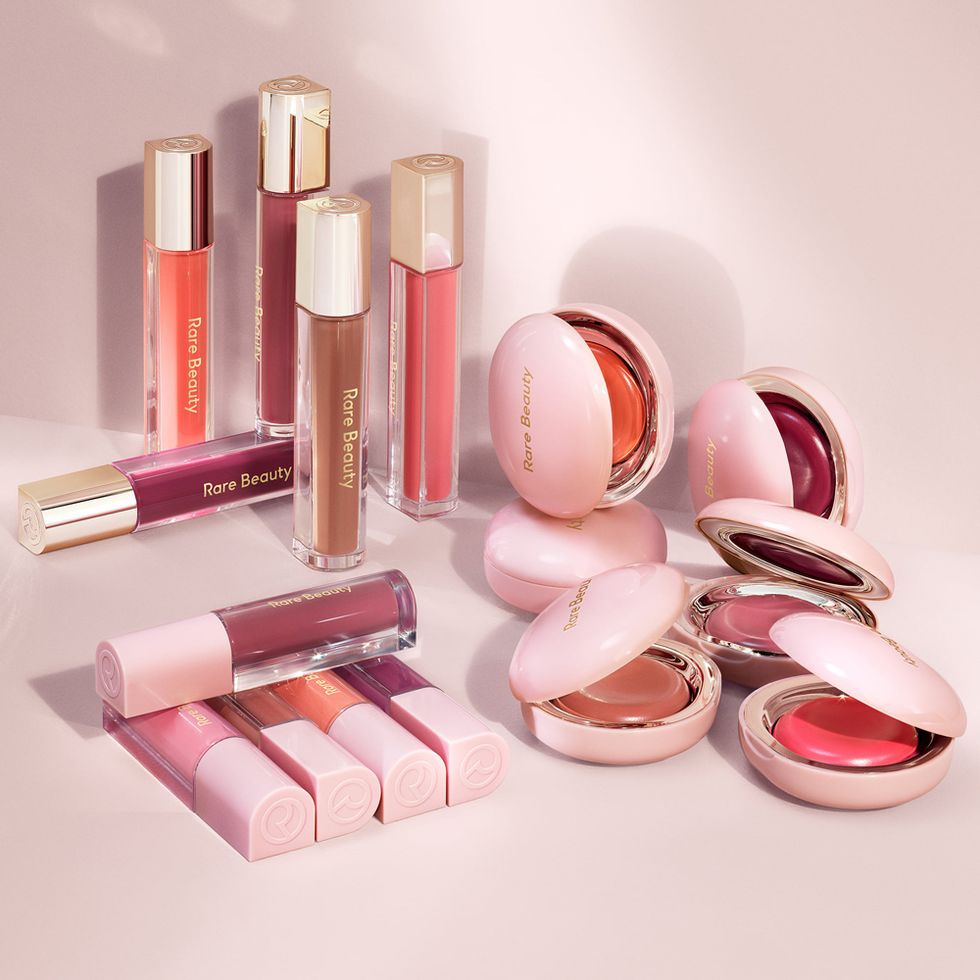Beauty, an elusive concept, transcends the boundaries of conventional aesthetics, revealing itself in the most unexpected places and forms. Rare beauty, in particular, embodies a captivating allure that goes beyond the surface, captivating hearts and minds with its profound essence. In this exploration, we delve into the multifaceted nature of rare beauty, unveiling its significance, manifestations, and impact on individuals and society.
Defining Rare Beauty:
Rare beauty defies easy categorization. It encompasses qualities that are distinctive, unconventional, and deeply resonant. Unlike conventional standards, which often emphasize symmetry and perfection, rare beauty emanates from imperfections, uniqueness, and authenticity. Rare beauty is not bound by societal norms; it flourishes in diversity and celebrates individuality.
Manifestations of Rare Beauty:
Rare beauty manifests itself in myriad forms, each with its own distinctive charm. In nature, it reveals itself in the iridescent hues of a butterfly’s wings, the intricate patterns of a snowflake, or the ethereal glow of a sunset. Similarly, in human expression, rare beauty emerges through acts of kindness, resilience in the face of adversity, or the courage to be unabashedly oneself despite societal pressures. Rare beauty is not confined to physical appearance but extends to the realms of character, creativity, and spirit.
The Significance of Rare Beauty:
Rare beauty holds profound significance in a world often preoccupied with superficiality. In a society obsessed with perfection, rare beauty celebrates imperfection as a source of strength and authenticity. It fosters empathy and connection by highlighting the shared humanity that transcends outward appearances. Moreover, rare beauty inspires creativity and innovation, as it encourages individuals to embrace their unique perspectives and express themselves authentically.
Cultural Perspectives on Rare Beauty:
Across cultures, perceptions of beauty vary widely, reflecting diverse values, beliefs, and aesthetics. While some cultures may prioritize symmetry and proportion, others may celebrate features considered unconventional or rare. Similarly, in African cultures, scarification and body modification are revered as symbols of beauty, strength, and cultural identity. These cultural perspectives underscore the subjective nature of beauty and the richness of diversity in human expression.
The Role of Media and Representation:
In an age dominated by mass media and digital technology, representations of beauty wield significant influence on societal perceptions and standards. However, mainstream media often perpetuates narrow and homogenized ideals of beauty, which can marginalize those who fall outside these norms. The lack of diversity in media representation not only reinforces existing beauty standards but also undermines the visibility and validation of rare beauty. Nevertheless, there has been a growing movement towards inclusivity and representation in recent years, with campaigns and initiatives aimed at challenging stereotypes and promoting diverse representations of beauty.
Celebrating Rare Beauty:
Amidst the pressures to conform to societal norms, celebrating rare beauty becomes an act of resistance and empowerment. It requires a shift in perspective, away from comparison and judgment towards acceptance and appreciation. By recognizing and celebrating rare beauty in ourselves and others, we contribute to a more inclusive and compassionate society.
Conclusion:
Rare beauty transcends the confines of conventional aesthetics, revealing itself in the unique and unconventional aspects of the human experience. It challenges narrow standards of beauty, celebrates diversity, and fosters empathy and connection. In a world often preoccupied with superficiality, rare beauty serves as a beacon of authenticity, reminding us of the inherent value and beauty of imperfection.
Swiss replica Tag Heuer watches provide discount forms for both men and women.
High-end grade AAA+ 1:1 replica Rolex watches Swiss made.Best place to buy replica rolex. And the best aaa+ swiss made grade 1 Rolex replica on our website with fast shipping.


